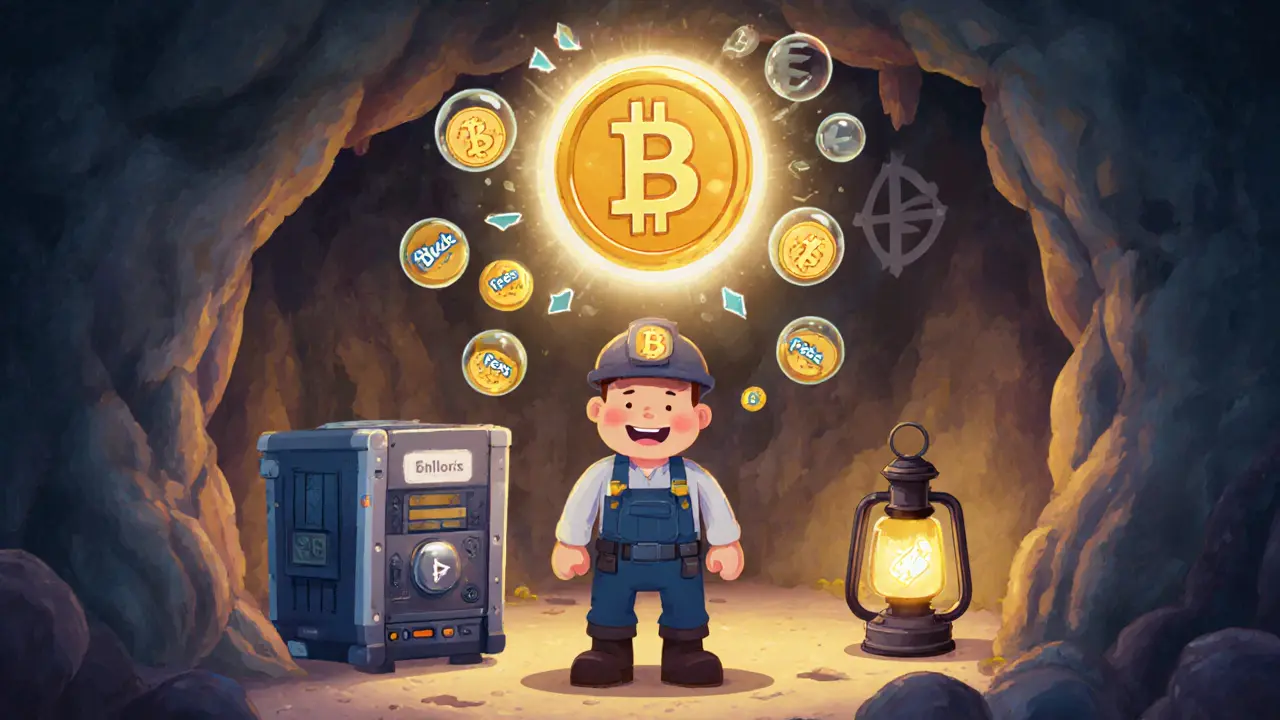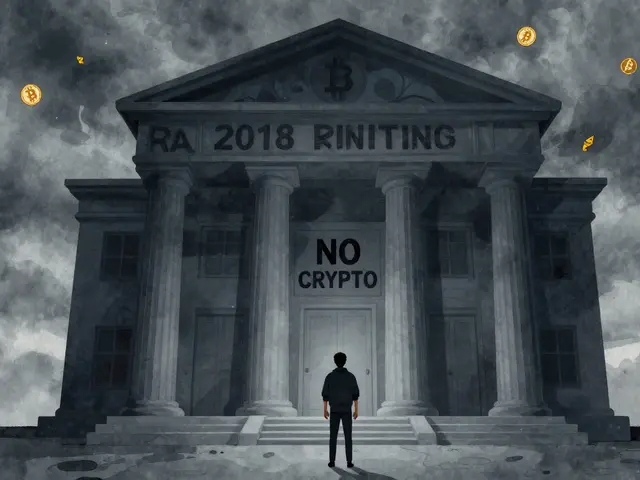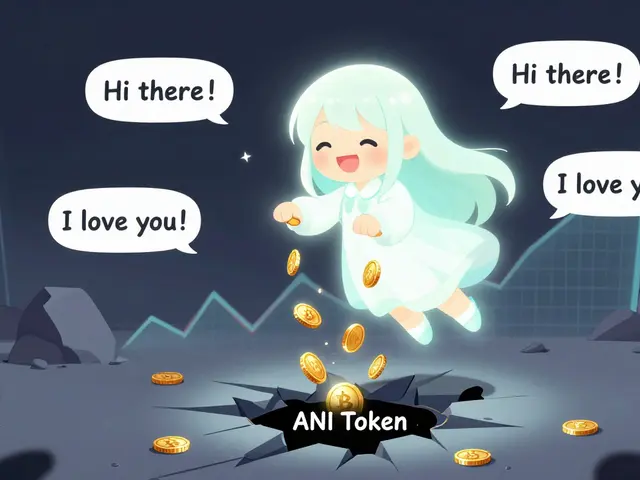Bitcoin Halving: What It Means for Crypto Markets
When working with Bitcoin halving, the scheduled cut in Bitcoin’s block reward that happens every 210,000 blocks (roughly every four years), Bitcoin halving isn’t just a technical footnote—it reshapes the entire ecosystem. The event reduces the block reward (a classic subject‑predicate‑object relation) and creates a supply shock that often ripples through price charts. At its core, the halving involves Bitcoin Bitcoin, the pioneering cryptocurrency whose protocol dictates the halving schedule, and the block reward, the newly minted coins miners receive for adding a valid block to the chain. By slashing that reward from 6.25 BTC to 3.125 BTC (and later to 1.5625 BTC), the network cuts the issuance rate in half, which directly influences the mining reward, the total compensation miners earn, including transaction fees and, over time, the broader crypto market cycle, the recurring phases of accumulation, rally, distribution, and decline that assets like Bitcoin experience. This trio of entities—Bitcoin, block reward, and mining reward—forms the backbone of why each halving event grabs headlines and why analysts watch it closely.
Why the Halving Matters for Miners and the Network
The immediate effect of a halving is on mining economics. When the block reward drops, miners see their gross earnings shrink, which forces a reevaluation of hardware efficiency, electricity costs, and overall profitability. In other words, the halving requires miners to adapt—they either upgrade to more efficient ASICs or risk being pushed out of the market. This shift also triggers the network’s difficulty adjustment algorithm, which strives to keep block times close to ten minutes. As some miners exit, the difficulty may drop, allowing the remaining participants to capture a larger slice of the reduced reward. The interplay between reduced reward and difficulty creates a feedback loop: halving influences mining difficulty, and difficulty influences miner survival. For those who stay, transaction fees become a larger share of total compensation, nudging the ecosystem toward a fee‑driven model as block subsidies wane.
From an investor’s viewpoint, every halving has historically preceded a multi‑year bull run. The supply cut, combined with steady or growing demand, squeezes the available coins and often pushes price upward—a classic case of scarcity driving value. Past cycles show a pattern: after the 2012, 2016, and 2020 halvings, Bitcoin’s price surged roughly 10‑30× over the following 12‑18 months. This historical link creates expectations that the next halving will repeat the trend, though market conditions, macroeconomics, and regulatory shifts add new variables. Understanding the halving’s role in the broader crypto market cycle helps traders time entries and exits, while long‑term holders see it as a reinforcement of Bitcoin’s deflationary design. Whether you’re a miner fine‑tuning your operation, a trader looking for price catalysts, or a curious observer of supply dynamics, grasping the mechanics behind Bitcoin halving equips you to make smarter decisions. Below you’ll find a curated selection of articles that dive deeper into mining strategies, price analysis, upcoming halving schedules, and the real‑world impact on economies that embrace Bitcoin.
Block Reward vs Transaction Fees: How Crypto Miners Earn Money
Explore how block rewards combine new coins and transaction fees, why fees matter for Bitcoin and Ethereum security, and what the future holds for miners and validators.





